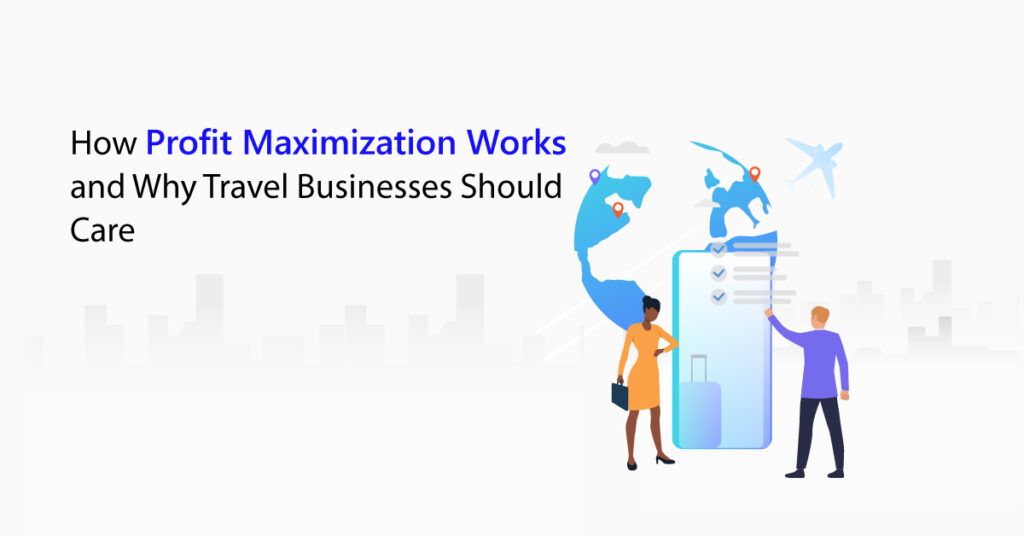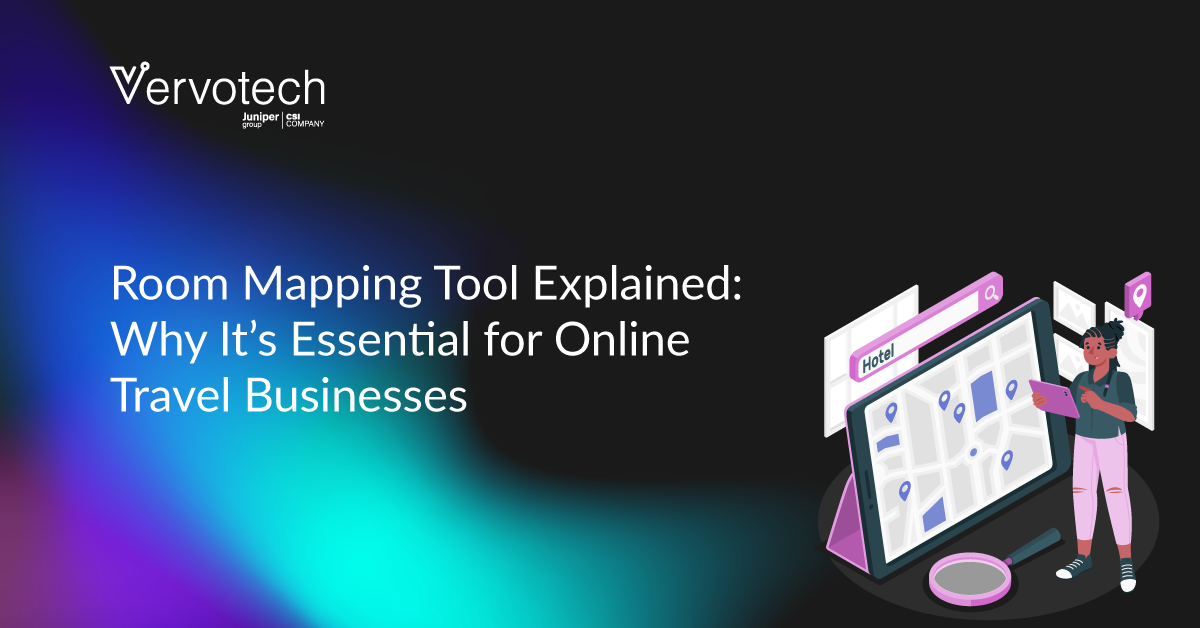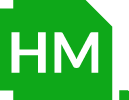Hotel prices don’t stand still – and neither should your profit optimization strategy.
In a market where hotel prices constantly fluctuate and availability shifts, Profit Maximization helps travel companies boost their margins while enhancing the customer experience. But how exactly does it work?
Let’s unpack the process, the perks, and why this strategy is becoming essential for travel companies looking to stay ahead.
Understanding Profit Maximization in Travel
In hotel distribution, especially when dealing with suppliers or wholesalers, Profit Maximization refers to the scenario where an OTA (Online Travel Agency) or OTB (Online Travel Business) has already booked a hotel room for a customer but continues checking availability, prices, or terms from various suppliers or wholesalers.
In case the same room booked by the customer becomes available at a lower rate by another supplier, the OTA withdraws the initial booking and rebooks the hotel room to maximize their profit margin. This process of hotel rebooking is also referred to as price optimization, booking optimization, hotel rebooking, etc. In the next section, let’s understand how it works.
Check out this video explaining how it works:
How Does Profit Maximization Work?
To understand how the concept of profit maximization works in the travel industry, let’s consider two scenarios:
Scenario 1: When You’re a B2B Hotel Booking Platform
In the case of B2B travel platforms, you connect OTAs, travel agents, tour operators, etc. To multiple hotel suppliers/wholesalers. In this case, Profit Maximization works in the following steps:
Step 1: Initial Booking
A travel agent books a hotel room for his customer on the rates of suppler A, via your platform and you confirm the booking.
Step 2: Continuous Price Monitoring
Even after making the initial booking, you keep looking out for price fluctuations/price drops from other integrated suppliers.
Step 3: Identifying Better Hotel Prices
You see that supplier B is offering a better & lower hotel price for the hotel room you booked from supplier A.
Step 4: Implementing Profit Maximization
The Profit Maximization tool cancels the initial booking with suppler A and rebooks the hotel room at the prices of suppler B.
Final Outcome:
Your travel agent gets the same hotel room at a better cost, potentially increasing their own margin or allowing them to offer more competitive pricing to their end customers.
Scenario 2: When You’re a B2C Hotel Booking Platform
You’re an online hotel booking platform that directly sells hotel rooms to individual travelers through your hotel booking platform. In this scenario, the Profit Maximization process involves the following steps:
Step 1: Customer books a hotel room
A customer books a hotel room through your hotel booking platform at the rate of Supplier X.
Step 2: Dynamic Price Monitoring
Your platform keeps monitoring the prices & availability of the same hotel room with other integrated suppliers.
Step 3: Better Deal Identified
Later, Supplier Y offers the same or comparable room type at a cheaper price or with improved benefits (e.g., better cancellation policy, free upgrades).
Step 4: Automatic or Manual Profit Maximization
Your platform automatically cancels the existing booking (assuming cancellation terms allow) and rebooks the reservation with Supplier Y at the better price or conditions. Alternatively, you can alert the customer, highlighting the improved price or conditions and encouraging them to confirm the Profit Maximization.
Outcome & Customer Communication:
Travelers enjoy the exact same hotel room but at lower cost or better terms. Your platform may pass savings directly to customers (competitive advantage) or retain savings as additional margin (profitability).
Why Should Travel Businesses Care About Profit Maximization?
When profit isn’t just a number; it’s maximizing earnings to ensure sustainability. Profit maximization provides the resources for strategic investments and development. Ultimately, higher profits empower OTAs to deliver even greater value.
With continuous monitoring of hotel prices across different suppliers, platforms can detect and capitalize on lower prices or improved conditions. Rebooking allows travel agencies and OTAs to procure rooms at reduced costs, increasing their overall profitability.
Similarly, B2C platforms benefit directly by securing lower purchase prices, enhancing the margin between their selling price and procurement cost. This consistent margin improvement significantly impacts overall business profitability.
Platforms that proactively rebook hotel inventory at the best available prices maintain a strong competitive advantage in the marketplace. Here’s why- customers deeply value price savings, transparency, and improved booking conditions. In the B2B travel market, agencies and travel operators are more likely to remain loyal if the platform consistently helps them maximize their margins or enhance their competitive edge.
While in the B2C travel market, end customers greatly appreciate receiving automatic or suggested price reductions post-booking, reinforcing positive experiences that encourage repeat bookings, build brand loyalty, and enhance customer lifetime value.
Another aspect that greatly emphasizes the use of rebooking is ‘automation’ that reduces the manual effort typically required to monitor prices, cancel bookings, and initiate new reservations. Both B2B and B2C platforms can lower operational costs, allocate resources more efficiently, and allow their teams to focus on higher-value strategic tasks, sales, and customer service.
Hotel prices fluctuate frequently due to seasonal changes, hotel occupancy levels, supplier competition, and market conditions. Travel businesses that continuously engage in rebooking practices have the capability to dynamically optimize their hotel procurement prices.
This flexibility ensures that platforms consistently capture the best possible deals available in real-time, translating into tangible savings for their customers and enhancing overall business performance.
A platform known for reliably optimizing hotel bookings builds substantial trust and credibility. Delivering consistent value to professional travel partners (OTAs, travel agents, and corporate buyers) reinforces their reputation as dependable, cost-effective distribution channels. Offering consistently optimized bookings sets them apart from competitors who lack the technology or infrastructure to deliver comparable savings or benefits.
This advantage applies equally to B2B platforms that aggregate demand from multiple business customers, and to B2C platforms that deliver substantial direct consumer bookings, further improving their overall cost efficiency.
Coming to another aspect- ‘Revenue Management Flexibility’, the savings or improved conditions achieved through rebooking strategies give platforms substantial flexibility in their revenue management approach. Booking platforms can pass savings on to their travel agency partners or retain part of the savings as increased profit, depending on market positioning and competitive pricing strategy. This flexibility allows platforms to strategically manage their competitive positioning, profitability, and growth objectives more effectively.
Take Aways
The practice of hotel rebooking, driven by continuous price optimization, provides compelling benefits to both B2B and B2C hotel booking platforms.
Hotel booking platforms can significantly improve margins, strengthen customer loyalty, streamline operations, and position themselves as trusted leaders in the highly competitive online travel industry by systematically capturing the best available prices and conditions.
Implementing a profit maximation tool allows businesses to secure the best available price even after a booking is confirmed while increasing profitability by lowering costs and maintaining margin flexibility.
Unlike traditional booking optimization, which occurs at the time of purchase, Profit Maximization continues working post-booking, ensuring that every reservation remains as cost-efficient as possible.
Ensure clean, reliable hotel data with seamless mapping solutions.









